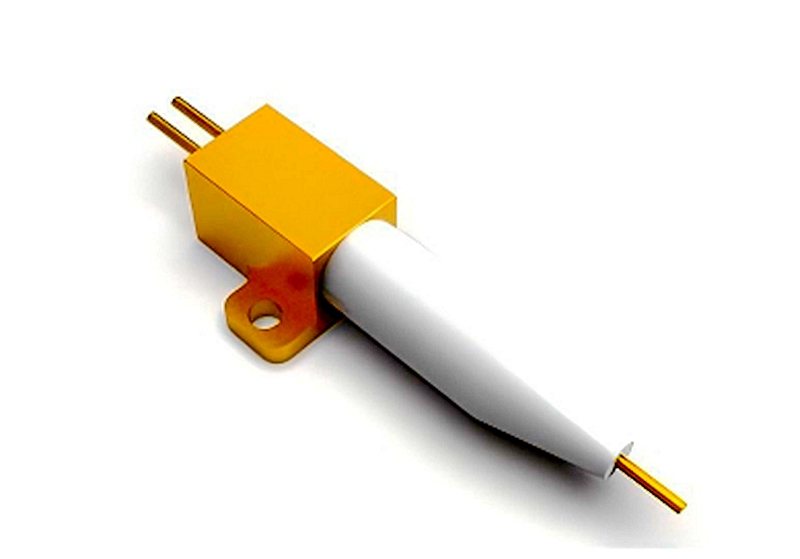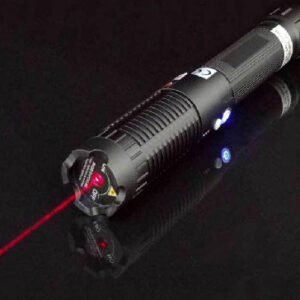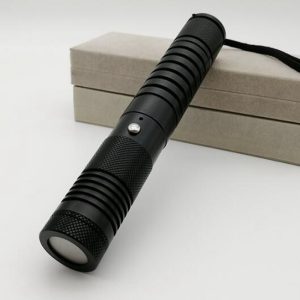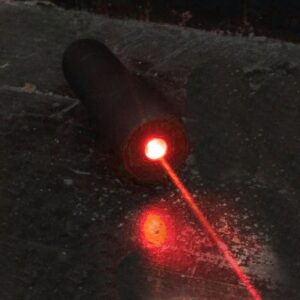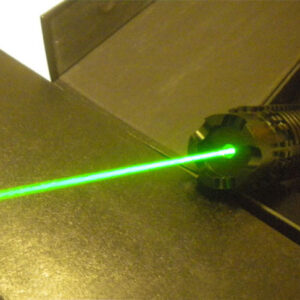Description
976nm Wavelength 9W Output power Fiber-optic Coupled Laser Diode
Datasheets:
1: 976nm Wavelength 9W Output power Fiber-optic Coupled Laser Diode 1
2: 976nm Wavelength 9W Output power Fiber-optic Coupled Laser Diode 2
MAX-LD series fiber-coupled laser diodes are based on high-performance semiconductor laser chips with 105/125um fiber-coupled output.It is suitable for medical research, laser pumping and other production tests. Desktop or modular packaging can also be provided.
External dimensions and pin definition (mm)

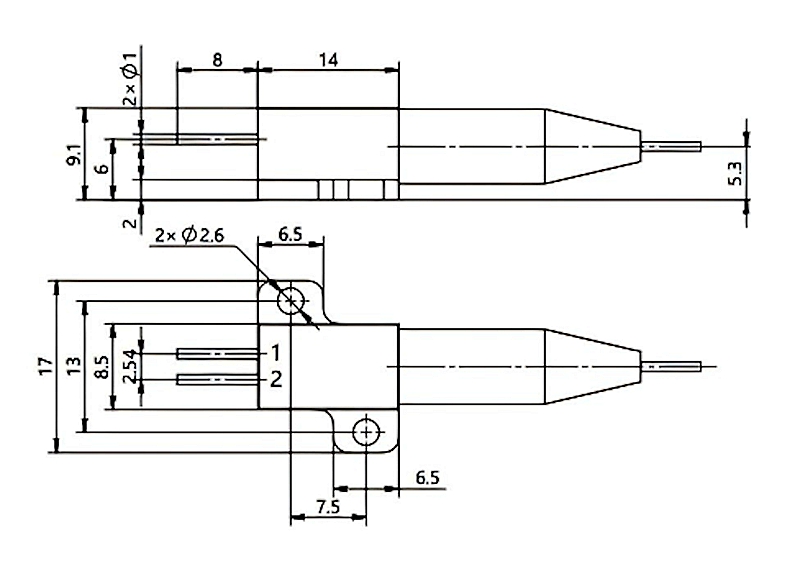
- When the laser is working, avoid the laser shining on the eyes and skin.
- Anti-static measures must be taken during transportation, storage and use, and short-route protection should be connected between pins during transportation and storage.For lasers with a working current of 6A or more, please connect the lead wire by welding. The welding point should be as close as possible to the middle of the pin, the temperature should be below 260°C, and the welding time should be less than 10 seconds.
- Before the laser works, make sure that the optical fiber output is properly cleaned. When handling and cutting optical fiber, please follow the safety protocol to avoid injury.
- Use a constant current power supply to avoid surges when working.
- It should be used under rated current and rated power.
- Good heat dissipation should be ensured when the laser is working.
- The working temperature is 25°C~30°C.
- Storage temperature -20°C~+70°C.
Remarks:
(1) All data are tested under the condition of output power 9W@25°C;
(2) Non-standard products with other optical fiber lengths and sheath types can be customized according to customer needs;
(3) Other non-standard products of anti-reverse bands can be customized according to customer needs;
(4) Please store and use under non-condensation conditions; storage temperature -20 to +70 °C, ambient humidity 15 to 75%
(5) Working temperature refers to the temperature of the bottom plate, and the acceptable temperature range is 25°C~30°C, but the performance may be slightly different at different temperatures.”
